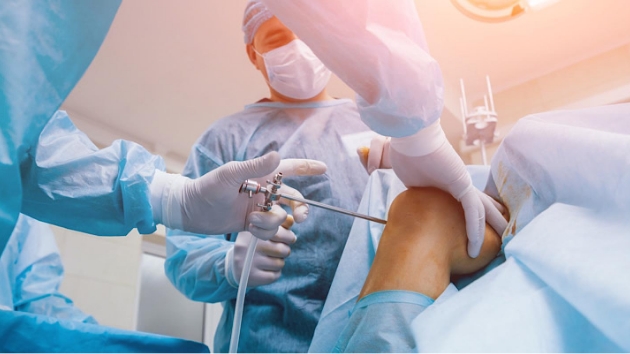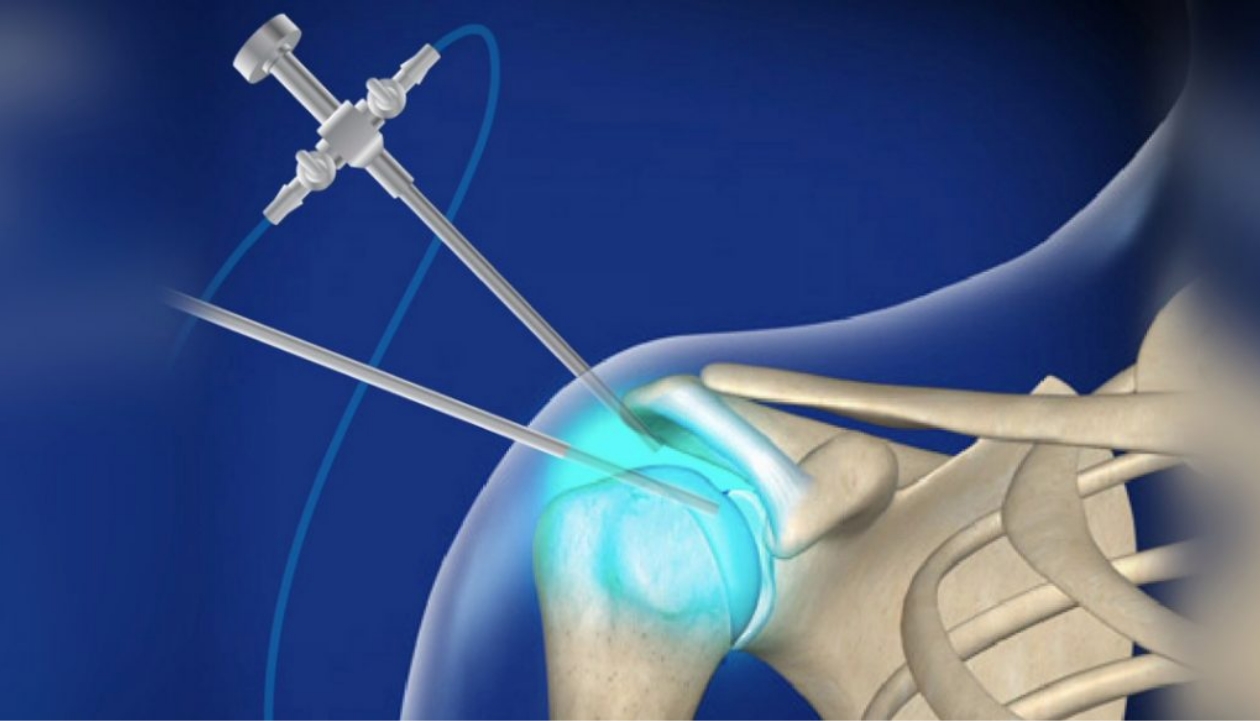Arthroscopic surgery
It is a minimally invasive knee surgery with the use of a 4mm lens, fiber optics, a high-definition monitor, irrigation systems, and various arthroscopic instruments that allow diagnosis and treatment of various injuries to this joint.
Advantages:
- Minimal incisions.
- Lower inflammatory response.
- Less pain.
- Reduces surgical and hospitalization time.
- It allows a better visualization of the joint.

The following knee structures can be treated with this method:
Meniscus
Meniscus
Meniscus injuries can be traumatic or degenerative, the diagnosis is based on a detailed medical history and through imaging studies such as MRI.
Its symptoms are pain, swelling, and joint blockage (feeling that the knee is locking).
Knee dislocation
Knee dislocation
A patella dislocation can be due to trauma or a recurrent dislocation, the former being the most common.
Symptoms of patella luxation are severe pain, inability to move the knee, and an increase in volume.
Wear (cartilage)
Wear (cartilage)
Symptoms are pain, joint stiffness, deformity, swelling, and functional disability.
Cruciate and collateral ligaments
Ligaments are elastic bands of tissue that join bones and provide stability to the joint. These ligaments tend to tear due to traumatic injuries and are more common in athletes.
The knee has four types of ligaments:
- Anterior cruciate ligament.
- Posterior cruciate ligament.
- Medial collateral ligament.
- Lateral collateral ligament.
Symptoms: pain, unsteady walking, swelling (due to internal bleeding).
Torn ligaments sometimes do not heal with immobilization alone, as they do not receive sufficient blood supply and may require surgery.
Shoulder arthroscopy
It is minimally invasive shoulder surgery with the use of a 4mm lens, fiber optics, a high-definition monitor, irrigation systems, and various arthroscopic instruments that allow diagnosis and treatment of various injuries to this joint.
Advantages:
- Minimal incisions.
- Lower inflammatory response.
- Less pain
- Reduces surgical and hospitalization time.
- It allows better visualization of the shoulder.

Most frequent diagnoses that require shoulder surgery under the arthroscopic technique:
Where to Find Us

Campus Santa Fe
Av. Carlos Graef Fernández 154, Col. Santa Fe, Cuajimalpa, 05300, Cd. de México.


